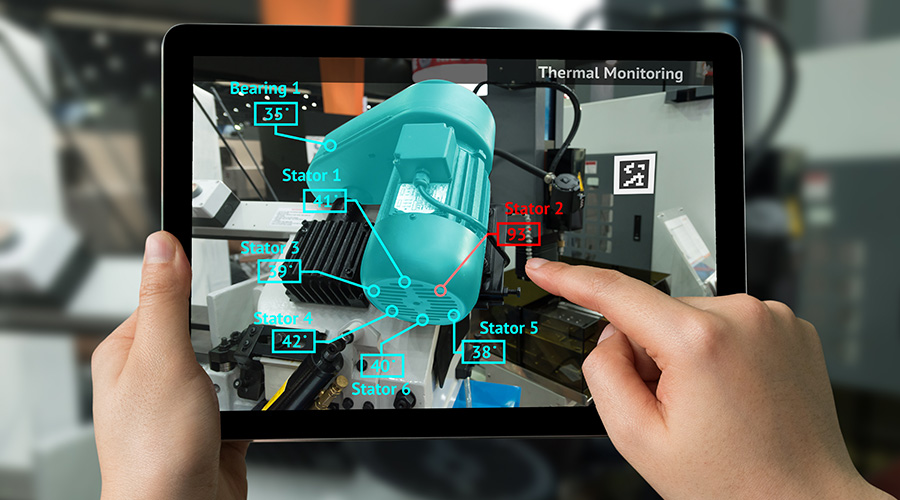Assess Current Technology, Expected Future Needs To Develop Good Fire/Life Safety Technology Plan
To make sure facility managers get exactly what they need when planning for the future, the best place to start is with a good assessment of what is currently installed, Reiswig says. Knowing your current technology and your expected future needs can help develop a good fire/life safety plan.
"Once you know that, many systems have the ability to be migrated to function with newer components, additions and alterations. Technology today allows for existing devices on installed systems to stay in place while the main CPU and control unit is upgraded to allow for future enhancements and additions," he says.
While experts do suggest going to local distributors or dealers — mostly to get a feel for the equipment and systems that are available — they also suggest contracting the help of a fire protection engineer.
Reiswig says that fire protection engineers have the knowledge to perform a risk analysis, assist in the development of an emergency response plan, and create specifications for a holistic approach to a life-safety system.
But facility managers should look for a provider with a migration strategy, where segments of the building can be transferred to a new system in an orderly fashion. A smooth migration strategy can be helped along by a fire protection engineer and prevent disruption to the business/operation mission. It also provides a manageable budgeting approach where changes can be performed in stages.
Checking out similar installations is also a good way for owners to understand what's required in a facility.
"A manager should ask prospective suppliers to identify several locations where they have installed equipment, and then speak to the owners at those facilities to see how the project went and whether they are satisfied with the outcome," says Reiswig. "This allows the manager to ask questions of their peers and possibly avoid issues and obstacles that someone else may have experienced."
Finally, facility managers should keep in mind the overall needs of the organization when making plans. "Don't do just the minimum because code mandates it," Boyle says. "Instead, set goals to achieve. When facility managers do that, they invariably get more for their money and usually get better business partners."
Loren Snyder, a contributing editor for Building Operating Management, is a writer who specializes in facility issues. He was formerly managing editor of Building Operating Management.
Related Topics:












